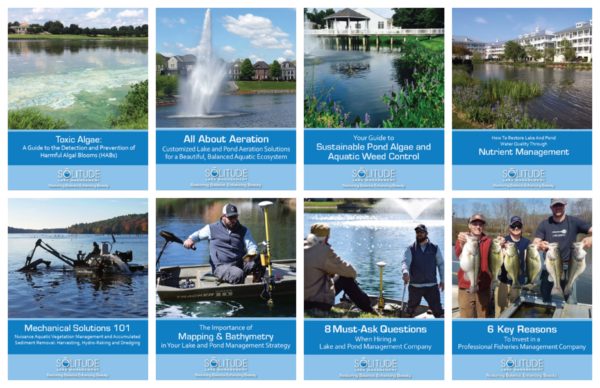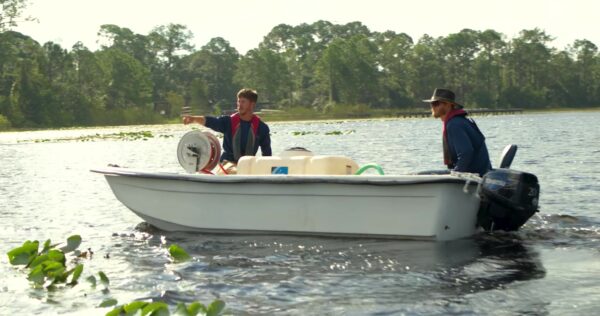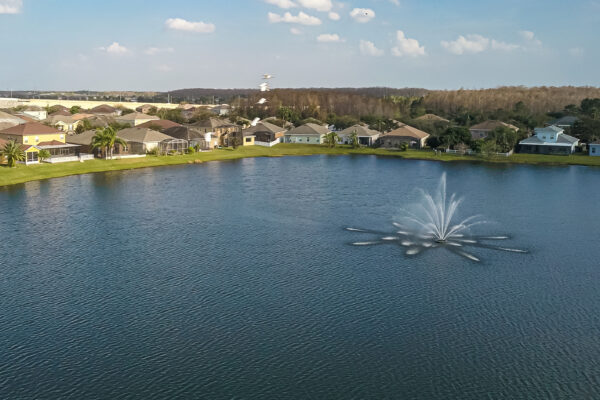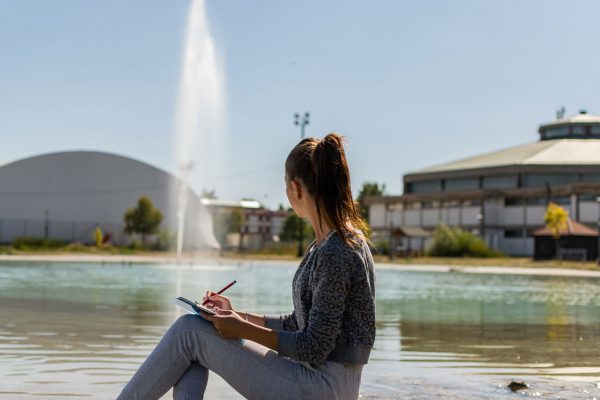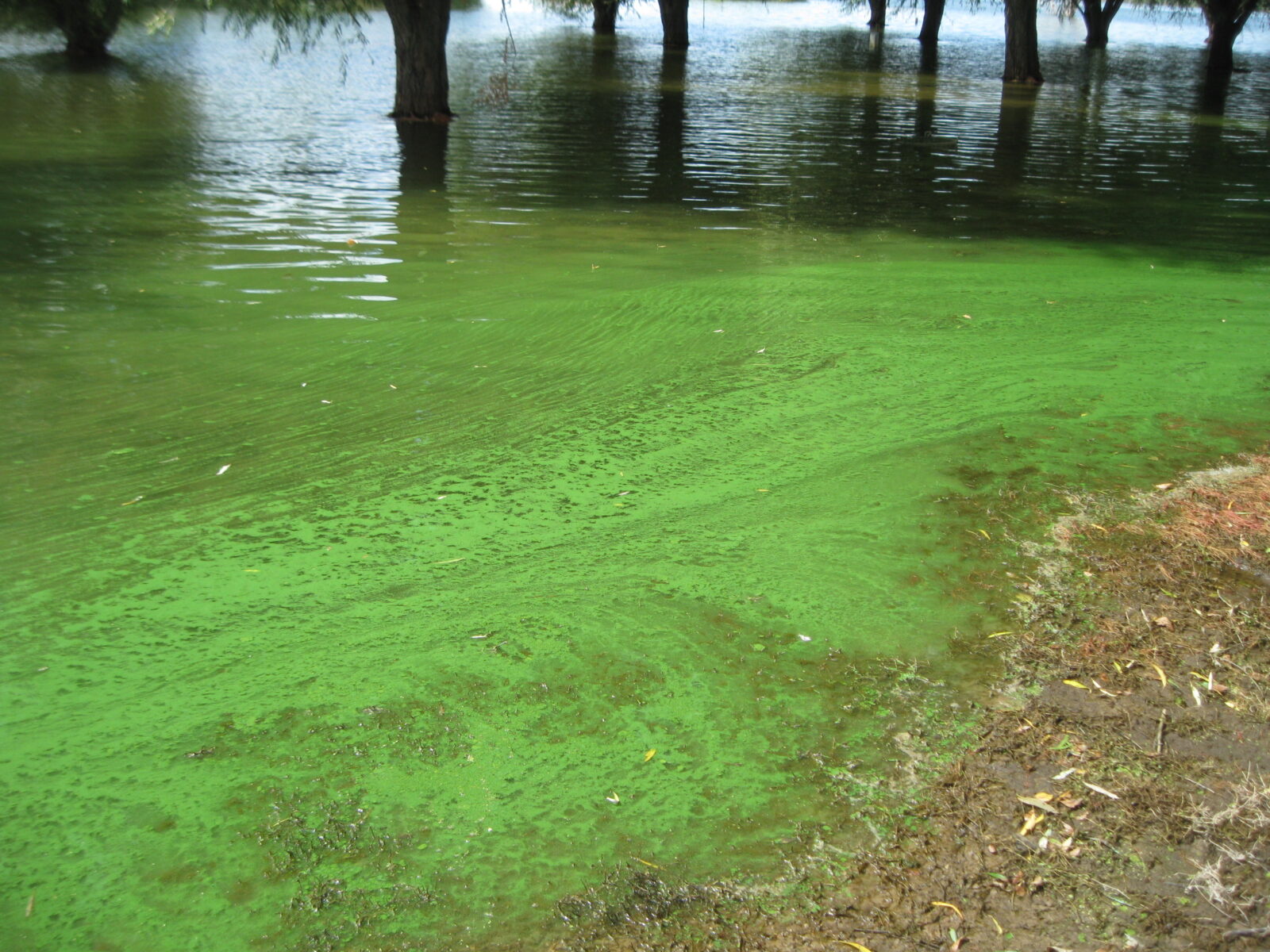
How to Control Algae In Your Pond
Pond algae and algae blooms are some of the most common recurring issues in lakes and ponds. Sometimes, it can seem like they appear out of nowhere, especially as the temperatures begin to rise. Even more concerning—some types of algae like cyanobacteria (blue-green algae) can produce toxins that may harm humans, pets, and wildlife. Algae prevention in ponds can seem like an impossible task, however, there are several ways to reduce the frequency and severity of an algae bloom.
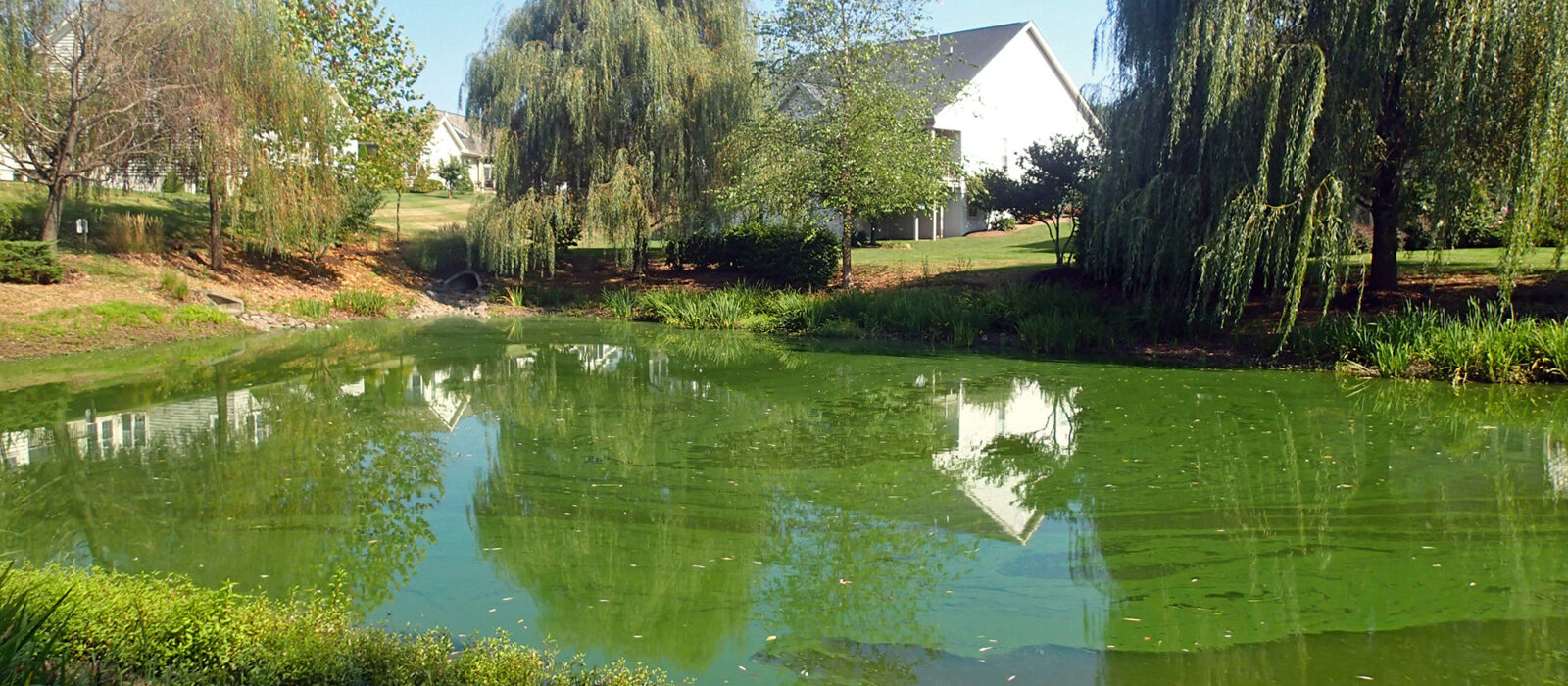
Like all plants, algae feed on nutrients, primarily phosphorus. Many ponds, especially stormwater ponds, are nutrient sinks, meaning that nutrients from the surrounding landscape are washed into them during rainstorms. These nutrients come from a variety of sources such as eroded soil, fertilizers, animal waste, and pollution.
As nutrients accumulate over many years, ponds become eutrophic or over-abundant in nutrients. Nutrient-rich waterbodies are more susceptible to chronic algae blooms because the algae have a never-ending supply of food. As algae die and decompose, additional nutrients will be released back into the waterbody, making them available for new algae growth. This cycle can be challenging to disrupt.
Algae Prevention In Ponds

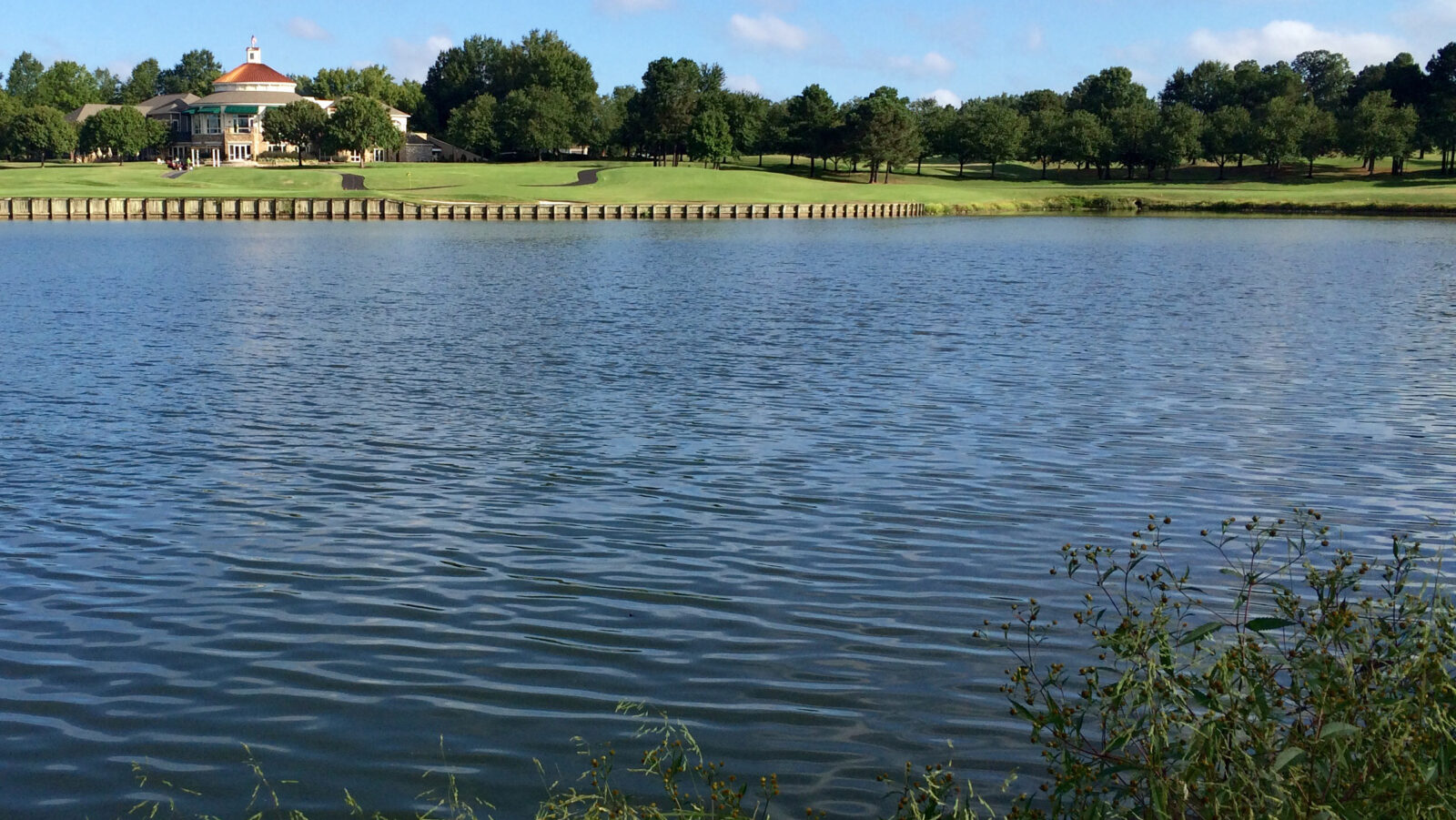
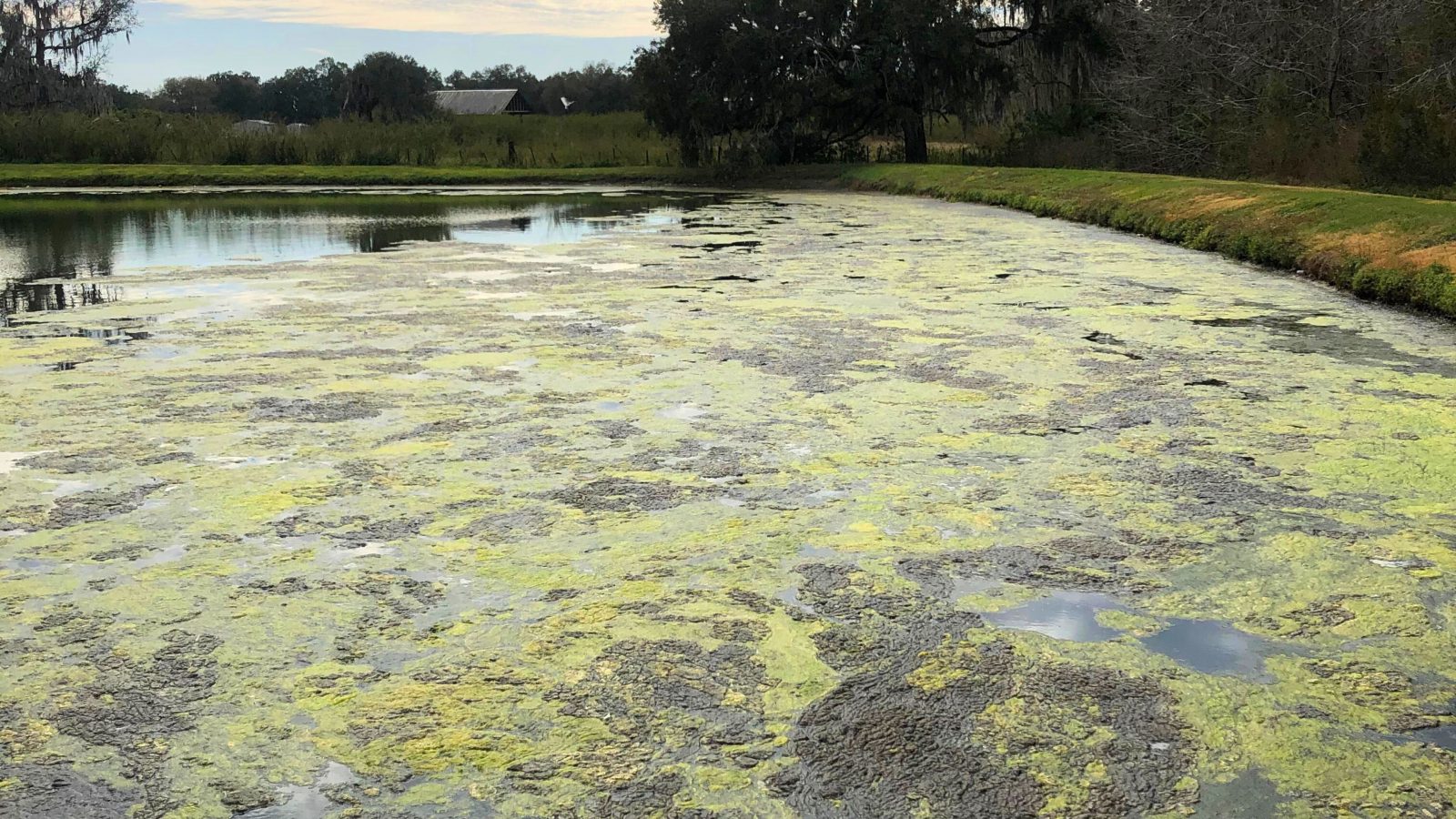
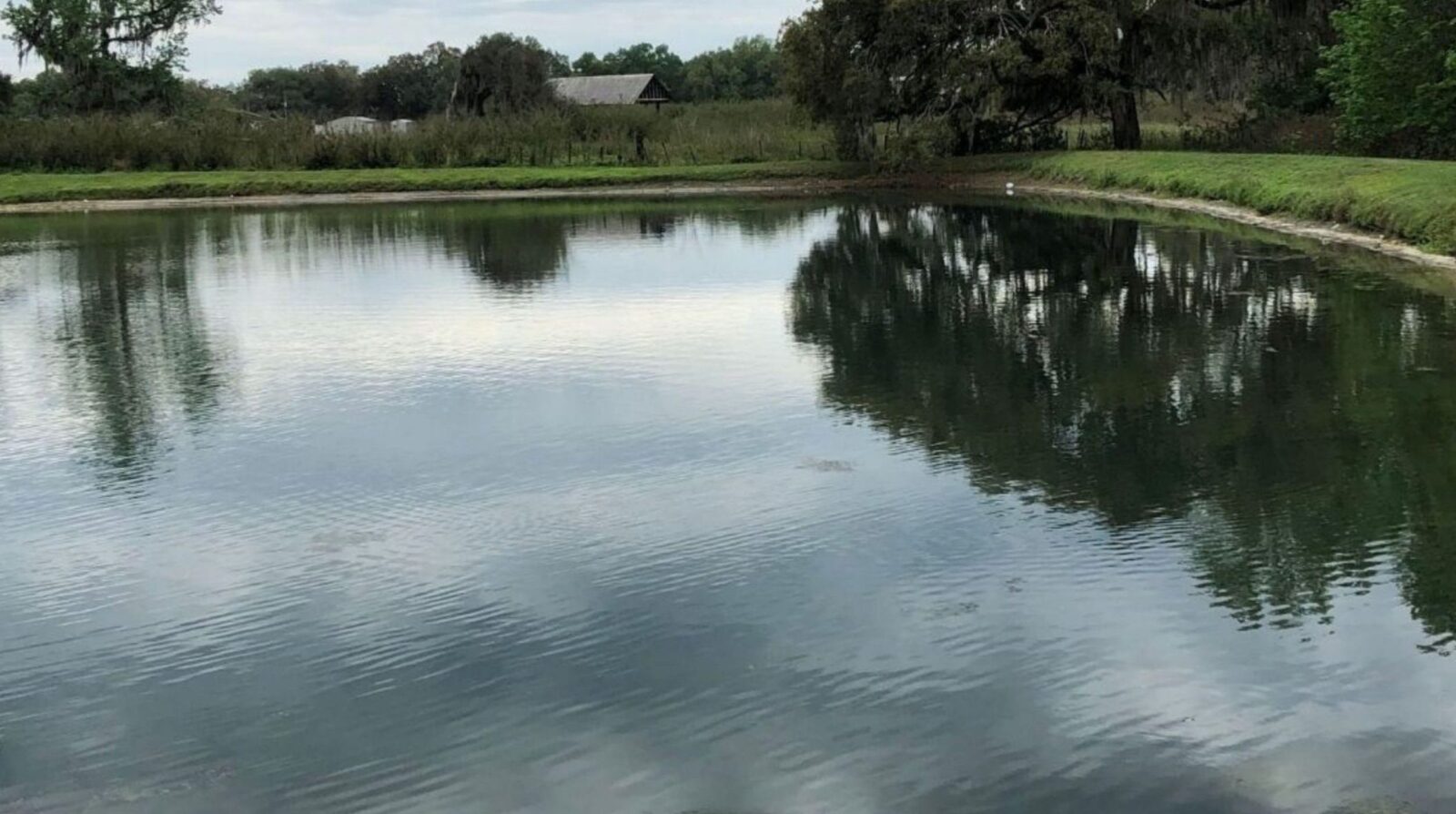
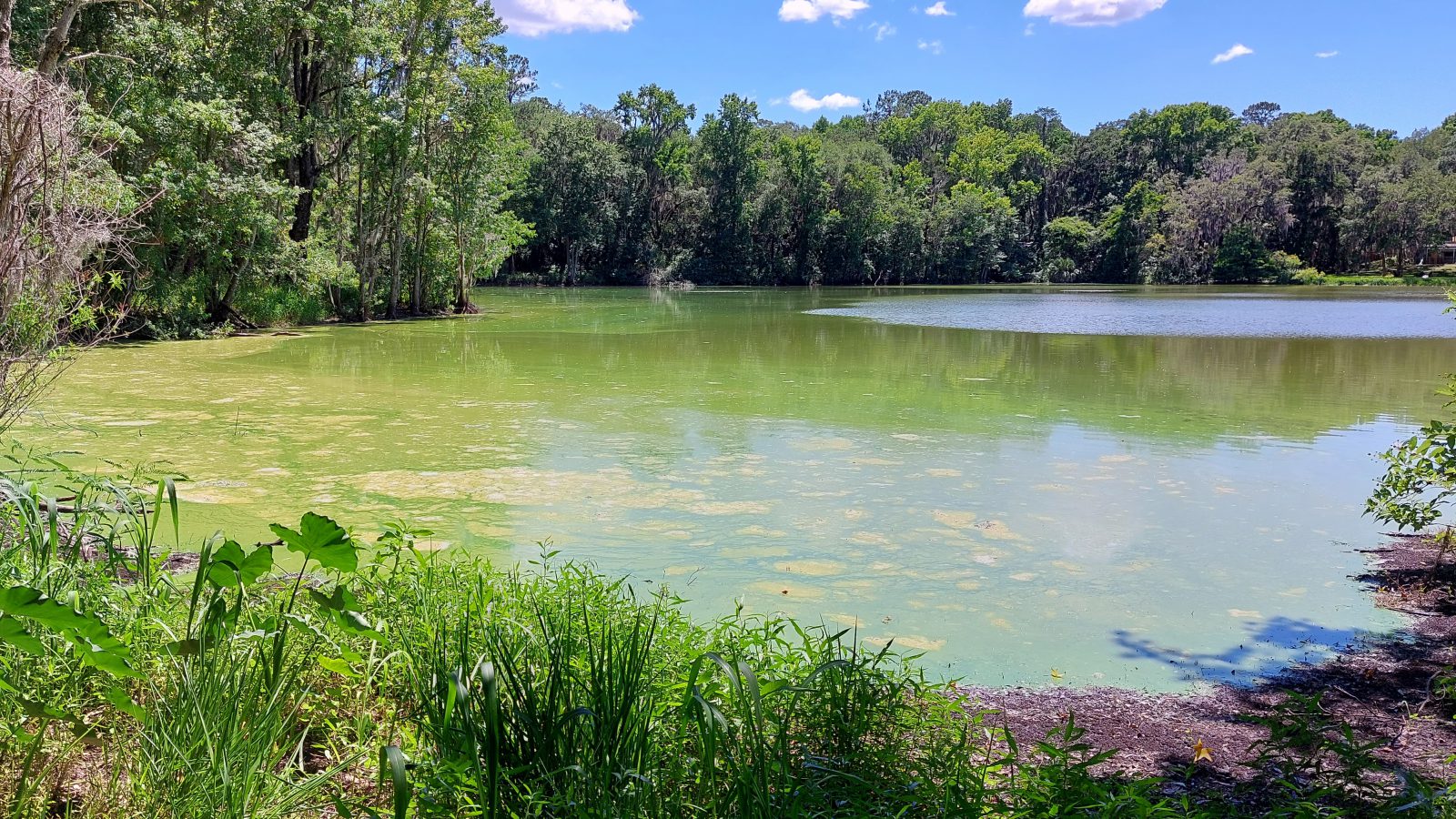
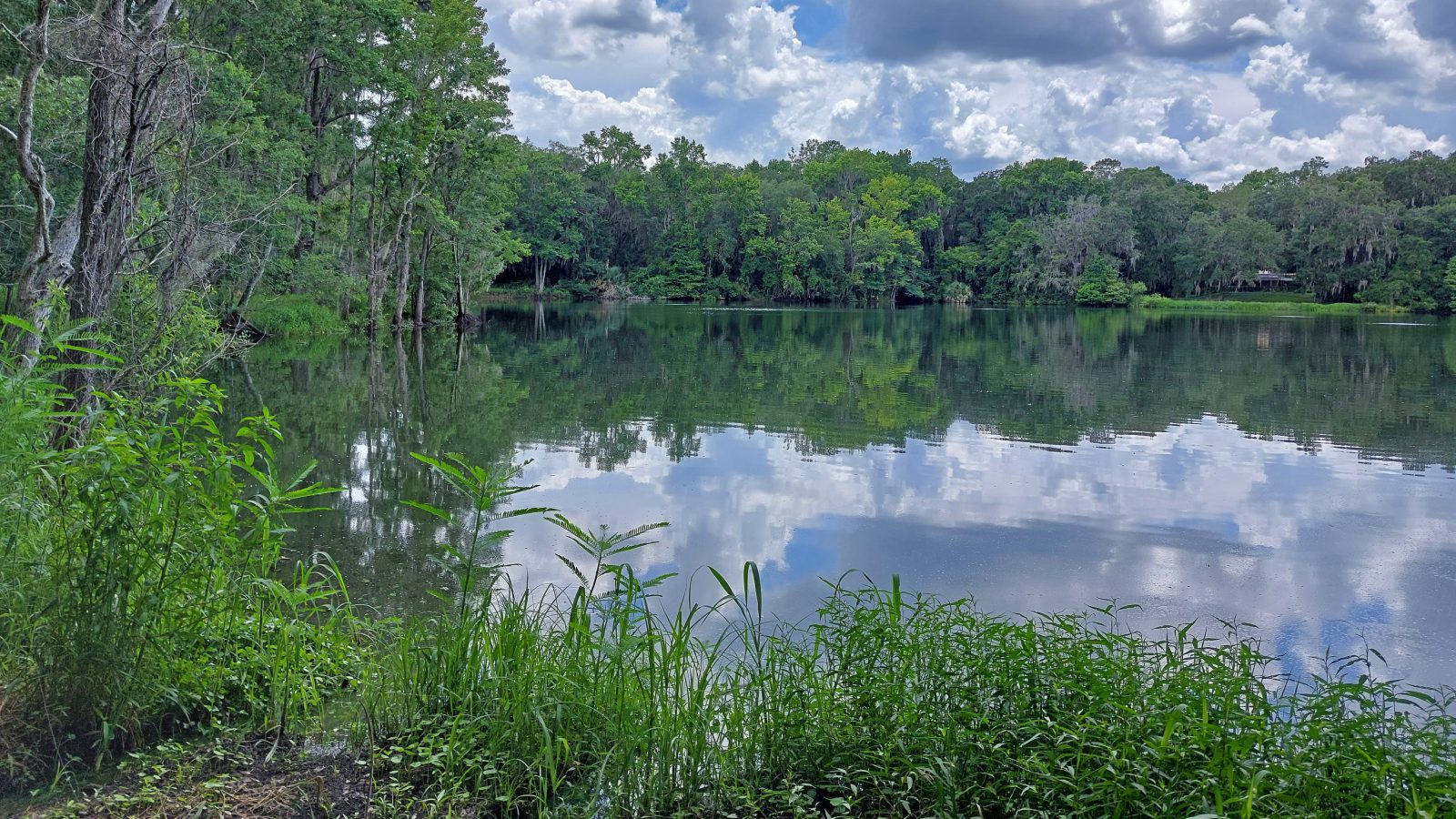
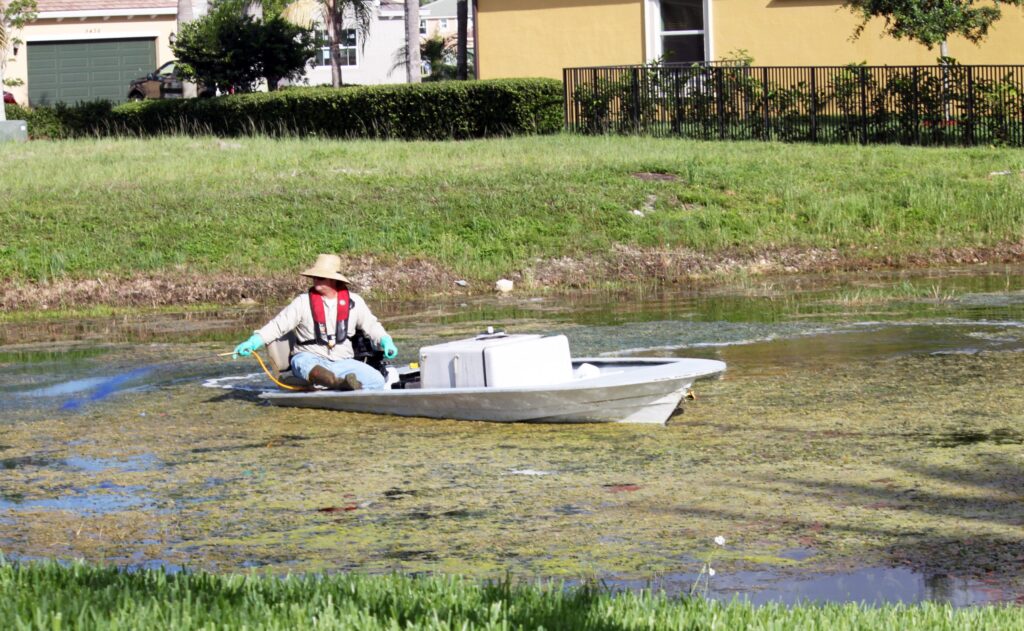
Algaecides should not be used for algae prevention in ponds
Unfortunately, there isn’t a “magic pill” that will eradicate algae forever. Of course, there are a whole slew of EPA-registered algaecides on the market. These products are safe and effective for eliminating algae, but algae are just a symptom of a larger problem. One of the best ways to prevent algae is to target its food source—phosphorus. Aquatic experts have many tools and strategies to restore phosphorus to more balanced levels.
Sustainable best practices for algae prevention in ponds:

Nutrient management & water quality restoration
Several eco-friendly products are available to prevent phosphorus from being used by pond algae as fuel. Lanthanum-modified clay is most often used in small waterbodies and stormwater ponds to bind with and “deactivate” phosphorus in the water column. New innovations like TryMarine work similarly to target nutrient-rich bottom muck, leaving behind increased dissolved oxygen levels and improved sediment composition. TryMarine has been consistently shown to decrease nutrients in the water column and bottom sediments by 50% or more.
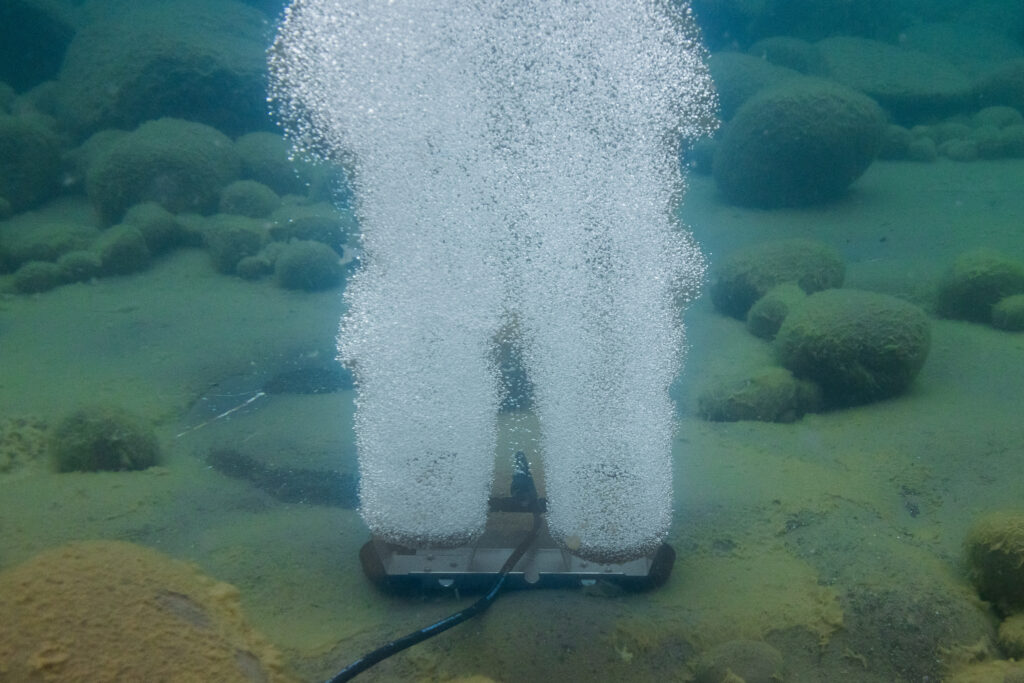
Pond fountains and aeration systems
Water that’s rich in dissolved oxygen is typically more resilient to algae growth. Furthermore, beneficial bacteria require oxygen to efficiently decompose organic matter. Pond fountains, surface aerators, and submersed aerators can help increase dissolved oxygen levels to promote a healthy, more balanced ecosystem. Floating fountains and surface aerators are most appropriate for ponds between 4-6 feet deep. Submersed aerators, which are designed for greater depths, can be placed directly under floating systems to maximize algae prevention in ponds.
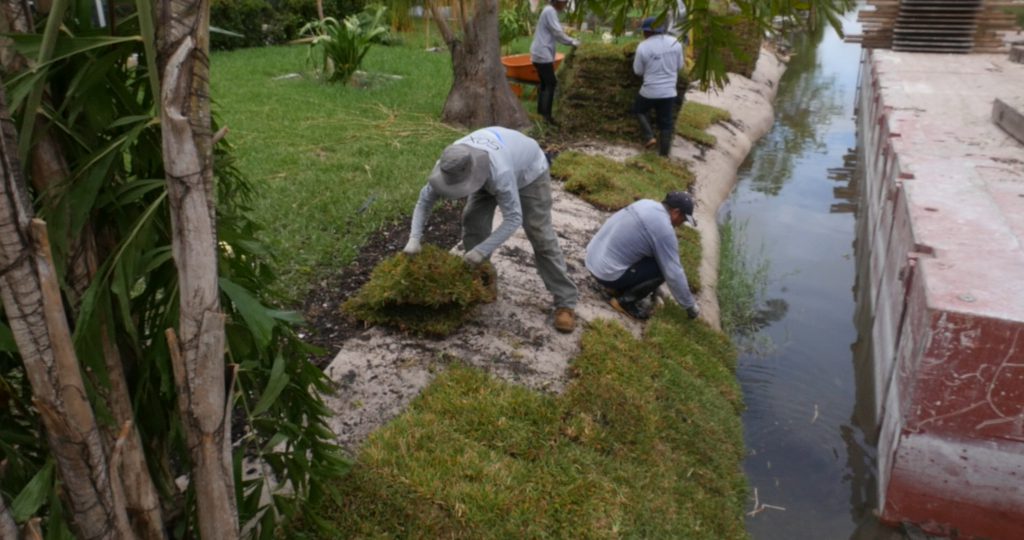
Shoreline management
Eroding shorelines are a major source of excess nutrients in ponds, but with the right repairs and ongoing maintenance, your shoreline can actually help prevent nutrient pollution. In cases of significant erosion or deterioration, Aquatic Experts may use advanced bioengineering techniques to rebuild the shoreline and anchor it to the surrounding landscape.
Once the sediment is stabilized, sod and native buffer vegetation can be planted. These plants develop deep root systems that help hold soil in place while forming a natural barrier along the water’s edge. As rainwater flows toward the pond, this vegetative buffer helps filter out fertilizers, animal waste, trash, and other pollutants that carry high levels of phosphorus.
Want to learn more about algae prevention in ponds?
Download our FREE informative guide for more knowledge and tips on algae prevention in ponds.
Biological strategies for algae prevention in ponds:
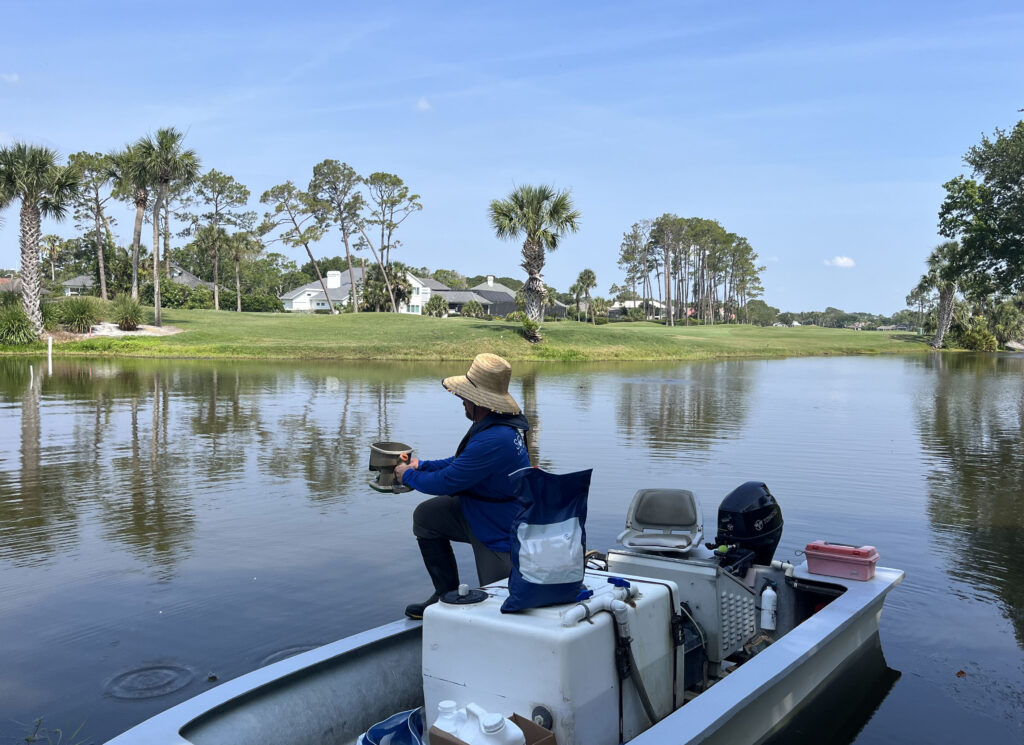
Beneficial bacteria
Bacteria play a central role in the decomposition of dead algae, bottom muck, and other organic matter. Supplementing beneficial bacteria—a process called biological augmentation—can help speed up the decomposition process and metabolize some of the nutrients that would otherwise be absorbed by algae.
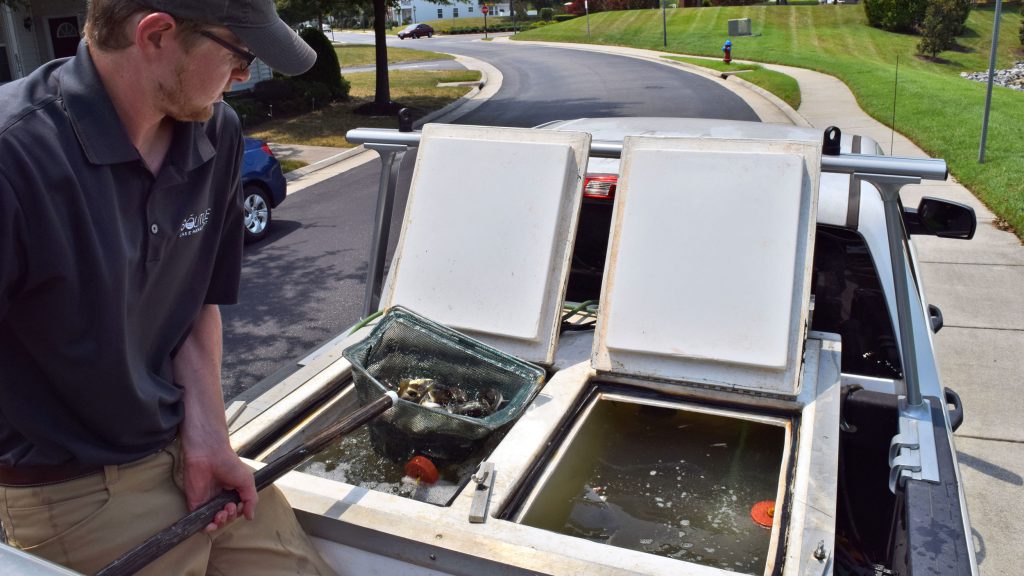
Fish stocking
Stocking fish like tilapia can help control certain types of algae in ponds. However, while tilapia eat algae, even large populations won’t eliminate it entirely. These warm-water fish also can’t survive cold winters, so restocking is typically needed each year. Tilapia aren’t legal to stock in all states so be sure to check with a Fisheries Biologist to understand the regulations in your area.
Prevent nuisance and unsightly pond algae
Your pond should be an asset to enjoy, not a source of never-ending frustration. When it comes to algae prevention in ponds, taking an integrated approach is the most effective and lasting way to keep algae, cyanobacteria, and other nuisance growth at bay. Want to learn more about algae prevention in ponds? Speak with an Aquatic Expert today!
SOLitude Lake Management is an environmental firm committed to providing full-service solutions that improve water quality, preserve natural resources, and reduce our environmental footprint. Our services include lake, pond, wetland, and fisheries management programs, algae and aquatic weed control, mechanical harvesting, hydro-raking, installation and maintenance of fountains and aeration systems, water quality testing and restoration, bathymetry, lake vegetation studies, biological assessments, habitat assessments, invasive species management and nuisance wildlife management. Services, consulting, and aquatic products are available to clients nationwide, including homeowners associations, multi-family and apartment communities, golf courses, commercial developments, ranches, private landowners, reservoirs, recreational and public lakes, municipalities, parks, and state and federal agencies. Learn more about SOLitude Lake Management and purchase products at www.solitudelakemanagement.com



